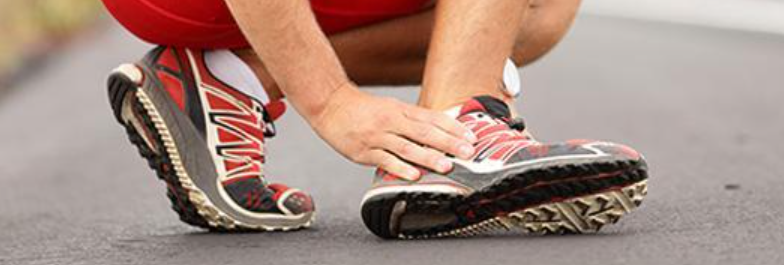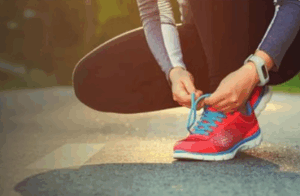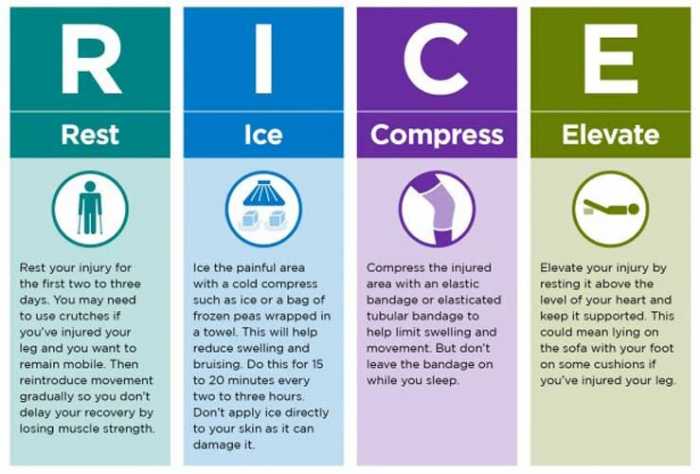Stepping Up Your Game: A Guide to Preventing Sports-Related Foot Injuries
September 27 2025
Our latest article on preventing sports-related foot injuries is now live! Don’t let foot pain sideline you from the sports you love – check out our podiatrist’s guide for essential tips on proper footwear, warm-ups, and more.
Karan Malani, FACFAS
Kevin Lam, DPM, FACFAS

As a podiatrist at Family Foot & Leg Center, I’ve seen my fair share of sports-related foot and ankle injuries. From the casual weekend warrior to the dedicated athlete, anyone who puts repetitive stress on their feet during physical activity is at risk. While some injuries are unavoidable, a vast majority can be prevented with proper care, attention, and a proactive approach. Let’s delve into how you can keep your feet healthy and on the field, court, or track.
The foot is a complex marvel of engineering, comprising 26 bones, 33 joints, and over 100 muscles, tendons, and ligaments. It’s designed to absorb shock, provide balance, and propel us forward. However, this intricate structure is also susceptible to a myriad of issues when subjected to the demands of sports. Common culprits include improper footwear, inadequate warm-up, overuse, and poor biomechanics.
The Foundation of Prevention: Choosing the Right Footwear
This is perhaps the most critical aspect of injury prevention. Your athletic shoes are your first line of defense. They should provide adequate cushioning, support, and stability tailored to your specific sport and foot type.

It’s essential to wear sport-specific shoes; for example, don’t wear running shoes for basketball, or tenns shoes for hiking. Each sport places unique demands on the foot, and footwear is designed accordingly, with running shoes offering forward cushioning and court shoes prioritizing lateral stability. Furthermore, ensure your shoes fit snugly but not tightly, allowing a thumb’s width between your longest toe and the end of the shoe, and comfortable width for natural toe splay. Always try on shoes in the afternoon when your feet are slightly swollen, and wear the type of socks you’d use for your sport. Understanding your arch type (flat, neutral, or high) is also crucial for choosing shoes with appropriate arch support. Lastly, remember that athletic shoes lose their shock absorption and support over time; as a general rule, replace running shoes every 300-500 miles, or every 6-12 months for other sports depending on frequency and intensity of use.
The Importance of Warm-Up and Cool-Down
Skipping these crucial steps is a direct invitation for injury. A proper warm-up prepares your muscles, tendons, and ligaments for activity, increasing blood flow and flexibility. A cool-down helps your body recover, preventing stiffness and promoting healing.
Before activity, engage in light cardio and dynamic stretches that mimic the movements of your sport, such as leg swings, lunges, and high knees. After your workout, focus on static stretches, holding each for 30 seconds or more. Target major muscle groups in your legs and feet, including the hamstrings, quadriceps, calves, and Achilles tendon.
Strengthening and Flexibility: A Proactive Approach
Strong, flexible feet and ankles are less prone to injury. Incorporate exercises that specifically target the in intrinsic musculature of your lower legs. Regular stretching of the calf muscles (gastrocnemius and soleus) is crucial for preventing Achilles tendonitis and plantar fasciitis. Exercises like toe curls, marble pickups, and towel scrunches can strengthen the small muscles within your feet, improving stability and arch support. Additionally, balance training through single-leg stands and wobble board exercises can enhance proprioception (your body’s awareness of its position in space), reducing the risk of sprains.
Listen to Your Body: The Golden Rule
Ignoring pain is perhaps the biggest mistake an athlete can make. Pain is your body’s alarm system, signaling that something is wrong. Pushing through it can turn a minor issue into a chronic, debilitating injury. If you experience pain, rest is paramount, as continuing to train can exacerbate the problem. For acute injuries, remember RICE: Rest, Ice, Compression, and Elevation. If pain persists for more than a few days, or if it’s accompanied by swelling, bruising, or inability to bear weight, consult a podiatrist. Early diagnosis and intervention are key to a swift and complete recovery.

Other Important Considerations:
Orthotics: For individuals with specific biomechanical issues (e.g. severe overpronation or supination), custom or over-the-counter orthotics can provide crucial support and shock absorption, correcting imbalances and reducing stress on the feet.
Gradual Progression: Avoid sudden increases in training intensity, duration, or frequency. Allow your body to adapt gradually to new demands. The “10% rule” is a good guideline: don’t increase your mileage or workout time by more than 10% per week.
Proper Nutrition and Hydration: A balanced diet rich in vitamins and minerals supports bone and muscle health, while adequate hydration helps maintain tissue elasticity.
Surface Awareness: Be mindful of the surfaces you train on. Hard, unforgiving surfaces like concrete can increase impact forces on your feet. Whenever possible, opt for softer surfaces like grass or track.
By adopting these preventative measures, you can significantly reduce your risk of sports-related foot and ankle injuries. Remember, your feet are your foundation, and taking care of them is an investment in your athletic performance and overall well-being. Don’t wait until pain strikes to prioritize foot health. Step up your game by stepping wisely!
If you are experiencing foot pain, don’t delay. Contact Dr. Malani’s office at (239) 430-3668 (FOOT)  or visit www.NaplesPodiatrist.com to schedule an examination.
or visit www.NaplesPodiatrist.com to schedule an examination.
Serving Southwest Florida Since 2005, Family Foot & Leg Center has multiple convenient locations throughout Collier, Lee, Charlotte, and Sarasota Counties. Offering pediatric to geriatric family care: Ingrown Toenails, Heel Pain, Bunions, Foot / Ankle Arthritis Pain, Plantar Fasciitis, Foot / Ankle Surgery, Custom Orthotics, and Diabetic Wound Care. In office X-rays, ultrasounds, and minor surgical suite exam rooms. Practice powered by EMR and advanced technologies.
Home of the Lam Minimally Invasive No-Scar Bunion Surgery! Come Discover Why Patients Love Our 5-Star Foot & Ankle Care!
For advanced wound management and diabetic wound healing resources, visit:
👉 WoundHealingExperts.com
Same Day Appointments! Easy Online Appointment Scheduling.

 Fax: (239) 692-9436
Fax: (239) 692-9436 Tel: 239-430-3668
Tel: 239-430-3668